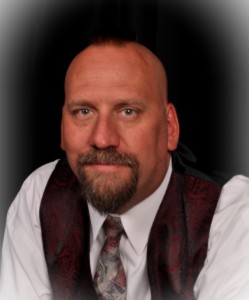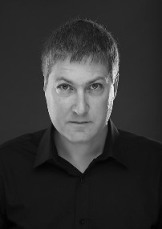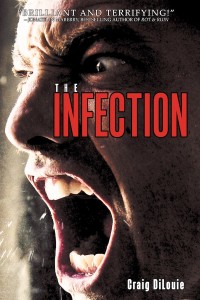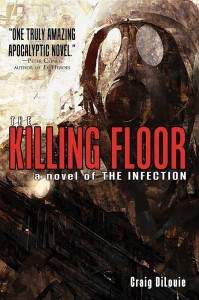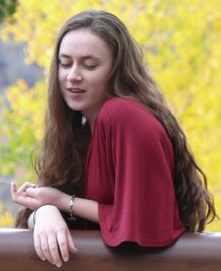Guest Post by Gail Bowen
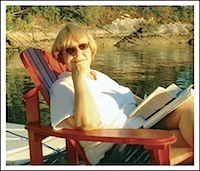 Aesop’s tale of the fox and the lion is often credited with being the first mystery. Remember the story of the King of the Beasts summoning the lesser animals into his den? All the animals trot in happily. Only the wily fox refuses. When the Lion asks the fox why he fails to do what his fellow creatures have done, the fox says simply: “I see many footprints going into your den, but none coming out.”
Aesop’s tale of the fox and the lion is often credited with being the first mystery. Remember the story of the King of the Beasts summoning the lesser animals into his den? All the animals trot in happily. Only the wily fox refuses. When the Lion asks the fox why he fails to do what his fellow creatures have done, the fox says simply: “I see many footprints going into your den, but none coming out.”
In this simple tale we see many of the elements of the mystery.
l. Mysteries are plot-driven. They give readers a story. There’s a fair play rule in mysteries. The reader must have equal opportunity with the detective for solving the mystery, and that means the reader is engaged. There’s a reason mysteries are called “page turners’.
In a good mystery, there is always an “aha’ moment. When the Lion asks the fox why he doesn’t follow the example of the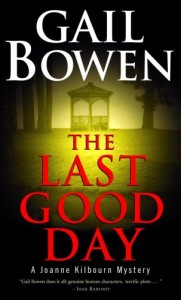 other animals, and the fox says, “I see many footprints going into your den, but none coming out,” that’s the fox’s and the reader’s “aha moment’.
other animals, and the fox says, “I see many footprints going into your den, but none coming out,” that’s the fox’s and the reader’s “aha moment’.
2. Mystery writers take the problem of good and evil seriously. In the enduring popularity of Conan Doyle’s Sherlock Holmes series, we see good and evil personified in Sherlock Holmes and Professor James Moriarty. When the two meet at the edge of the Reichenbach Falls and wrestle till they fall over the falls together, the arch villain plunging to his death and the detective miraculously escaping with his life, we see law triumphing over lawlessness and good triumphing over evil.
In mysteries, after a fair fight, good always wins and evil is punished.
3. Mysteries are a very accommodating genre. Mysteries offer something for everyone: police procedurals, forensics, cozies, character driven series; studies in aberrant psychology. As long as the writer plays fair with the reader and some sort of rough justice is meted out at the end, the mystery writer can do pretty much what he or she wants.
4. People like series, and many mystery writers choose to create series.
Peter Robinson and I were on Shelagh Rogers show last year talking about mysteries and whether we felt as a genre writers we were relegated to sit at the kids’ table at the great literary banquet. Peter and I have been writing for about the same amount of time -around twenty years-so we know something about publishing. With a series, your backlist stays in print, your readers are loyal; they will forgive you a book that they don’t particularly care for and look forward eagerly to the next book.
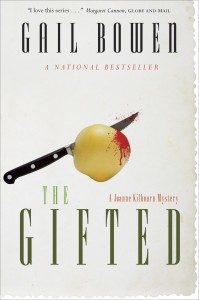 There’s also the fact that in a stand-alone book, a writer gets maybe 380 pages to create a world. The Gifted, which will be published in August 2013 is my 14th book, and that means I’ve had 5,000 pages in which to develop my protagonist Joanne Kilbourn-Shreve’s character. Peter Robinson’s Inspector Banks has appeared in 19 novels. Rex Stout wrote 46 Nero Wolfe novels and an equal number of novellas. Conan Doyle wrote 4 Sherlock Holmes and 56 short stories. As you can see, writing a series is very rewarding for a writer.
There’s also the fact that in a stand-alone book, a writer gets maybe 380 pages to create a world. The Gifted, which will be published in August 2013 is my 14th book, and that means I’ve had 5,000 pages in which to develop my protagonist Joanne Kilbourn-Shreve’s character. Peter Robinson’s Inspector Banks has appeared in 19 novels. Rex Stout wrote 46 Nero Wolfe novels and an equal number of novellas. Conan Doyle wrote 4 Sherlock Holmes and 56 short stories. As you can see, writing a series is very rewarding for a writer.
5. People are drawn to a protagonist and they become loyal to him or her. Last year I had to write a piece about Buried Treasures in crime fiction for the Globe and Mail and I wrote about the Nero Wolfe cook-book. Nero Wolfe is my all-time favourite detective and I’m not alone in my affection for him. Not only is there a Nero Wolfe cookbook; there’s a brilliant biography of Nero Wolfe by the cultural historian Jacques Barzun and endless scholarly papers and squabbles. The Nero Wolfe books are very well written. In the Globe and Mail article I admitted to lusting after Nero Wolfe – “tireless talker endowed with a touch of Johnsonian genius”, a grower of orchids, a brilliant detective and a great and discerning expert on food.”
I’m not sure that anyone lusts after my protagonist Joanne Kilbourn-Shreve, but I do know that I get at least ten very nice emails a week from people who are reading and enjoying the series.
I didn’t set out to become a mystery writer. By training I’m an academic who spent her professional life teaching Canadian Literature and creative writing. That said, I’m very glad the adventure of mystery writing came my way.
*****
Gail Bowen’s mystery book series features Joanne Kilbourn, a university professor, sometime political columnist, and a wife, mother and grandmother. Her 14th Joanne Kilbourn novel will be released in August 2013. In June 2008, Reader’s Digest named Bowen “Canada’s Best Mystery Novelist’. To learn more about Gail’s books and to read her blog, visit her website http://gailbowen.com/ .

